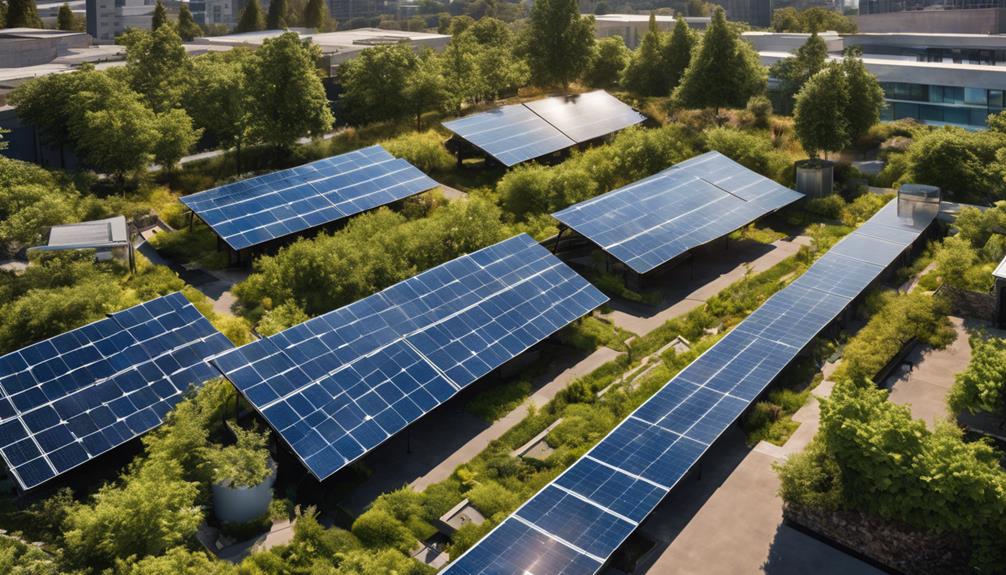
Understanding the Basics of Solar Panel Wiring
Solar panel wiring is a crucial aspect of any solar energy system. It refers to the electrical connections between solar panels, inverters, batteries, and other components that make up a solar energy setup. Proper wiring ensures that the system functions efficiently, maximizing the amount of energy produced from sunlight. In this guide, we will explore various aspects of solar panel wiring, including types of wiring, installation tips, and safety considerations. Understanding the basics of solar panel wiring is essential for both DIY enthusiasts and those planning to hire professionals for their solar energy projects.
Components of Solar Panel Wiring Systems
A typical solar panel wiring system comprises several key components, including solar panels, inverters, charge controllers, batteries, and connectors. Solar panels convert sunlight into direct current (DC) electricity. Inverters then convert this DC electricity into alternating current (AC), which is used in most household appliances. Charge controllers regulate the voltage and current coming from the solar panels to the batteries, ensuring they are charged safely. Batteries store excess energy for use when sunlight is not available. Properly understanding these components is vital for effective solar panel wiring, preventing issues such as overcharging or system inefficiencies.
Types of Solar Panel Wiring
When it comes to solar panel wiring, there are different types of wiring configurations to consider: series and parallel. In a series wiring configuration, solar panels are connected end-to-end, which increases the voltage of the system while keeping the current the same. This is beneficial for systems with long wire runs, as it reduces energy loss over distance. Conversely, parallel wiring connects the solar panels alongside each other, maintaining the same voltage while increasing the current. This configuration is advantageous if one panel is shaded, as it allows the others to continue functioning. Choosing the right wiring configuration is essential for optimizing the performance of your solar energy system.
Tools and Materials Needed for Solar Panel Wiring
Before diving into solar panel wiring, you’ll need a few essential tools and materials. Common tools include wire strippers, crimpers, multimeters, and screwdrivers. As for materials, you will need solar cables, connectors (such as MC4 connectors), fuses, and possibly a charge controller or inverter, depending on your system’s design. It’s also vital to use weather-resistant materials to protect your wiring from the elements. Having the right tools and materials on hand will make the installation process smoother and more efficient.
Step-by-Step Guide to Solar Panel Wiring Installation
Installing solar panel wiring can be a straightforward process if you follow a systematic approach. Start by planning your layout, determining where each component will be placed. Next, mount the solar panels securely on your roof or designated area. After that, connect the panels in your chosen configuration (series or parallel). Use appropriate connectors and ensure that all connections are tight to prevent energy loss. Once the panels are wired together, connect them to the inverter and any batteries or charge controllers in your system. Finally, test the system using a multimeter to ensure that everything is working correctly before sealing up any wiring or components. Following these steps can help ensure a successful installation.
Common Mistakes to Avoid in Solar Panel Wiring
While wiring solar panels may seem simple, several common mistakes can lead to inefficiencies or even system failure. One of the most frequent errors is using the wrong type or size of wire, which can cause overheating or voltage drops. Failing to secure connections properly can also lead to arcing, which is a fire hazard. Additionally, neglecting to include fuses or circuit breakers can expose your system to damage in case of a fault. Lastly, poor planning regarding wire routing can result in unnecessary lengths, increasing resistance and reducing efficiency. By being aware of these pitfalls, you can ensure a safer and more effective solar panel wiring installation.
Safety Considerations for Solar Panel Wiring
Safety should always be a top priority when working with solar panel wiring. Before starting any installation, make sure to turn off all power sources to prevent electric shock. Use insulated tools and wear safety gear, such as gloves and goggles, to protect yourself while working. Additionally, it’s vital to follow local electrical codes and regulations to ensure compliance and safety. Regularly inspect your wiring for wear, corrosion, and secure connections to prevent hazards in the future. Implementing these safety measures will help you avoid accidents and ensure the longevity of your solar energy system.
Conclusion: The Importance of Proper Solar Panel Wiring
In conclusion, solar panel wiring is a fundamental aspect of any solar energy system. Understanding the components, types of wiring configurations, and installation processes is crucial for maximizing efficiency and safety. By avoiding common mistakes and adhering to safety guidelines, you can create a reliable and effective solar energy setup. Whether you’re a DIY enthusiast or working with professionals, having a solid grasp of solar panel wiring will ensure that you get the most out of your investment in renewable energy. As solar technology continues to evolve, staying informed about the best practices in solar panel wiring will help you adapt and optimize your system for years to come.





